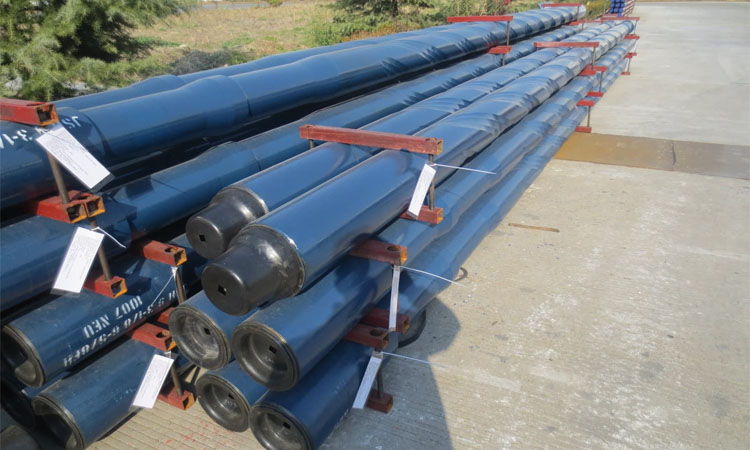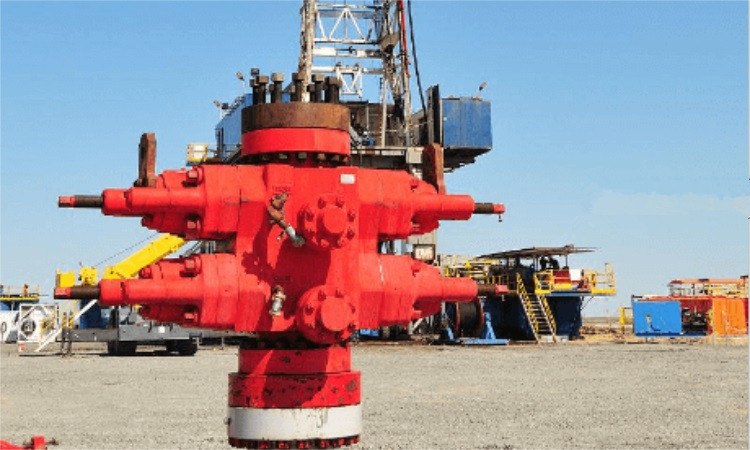The Important Role of Mud Pumps in Drilling Operations and How to Choose the Right Type?
The mud pump plays a crucial role in drilling operations. Its primary function is to circulate drilling mud, also known as drilling fluid, into the wellbore during drilling. Here are the key roles of a mud pump:
Circulation of drilling fluid: The mud pump creates the necessary pressure to pump drilling fluid from the surface into the drill string and then down the wellbore. This circulation helps carry the drilled cuttings to the surface, cools and lubricates the drill bit, and maintains wellbore stability.
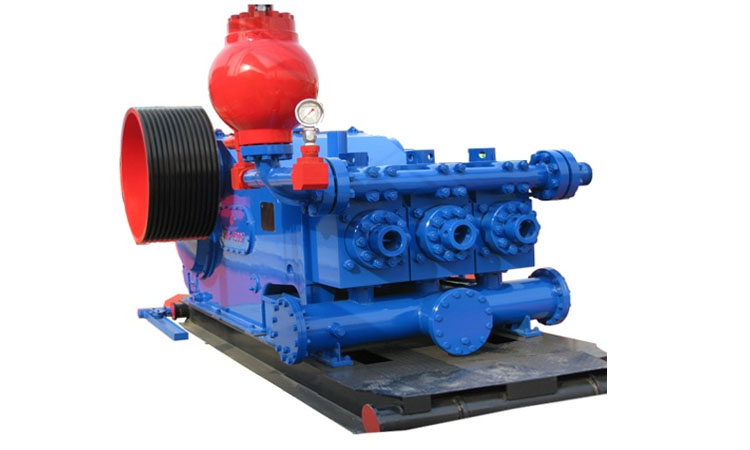
Hydraulic power: Mud pumps generate hydraulic power required for various drilling processes, such as operating drilling tools, downhole motors, and hydraulic systems within the rig.
Pressure maintenance: The mud pump helps maintain the desired pressure within the wellbore. It counteracts the pressure exerted by formation fluids, preventing unwanted influxes of gas, oil, or water.
Cleaning and cooling: The drilling fluid pumped by the mud pump carries away drilled cuttings, ensuring a clean wellbore. It also helps cool down the drill bit and the bottom hole assembly, preventing overheating.
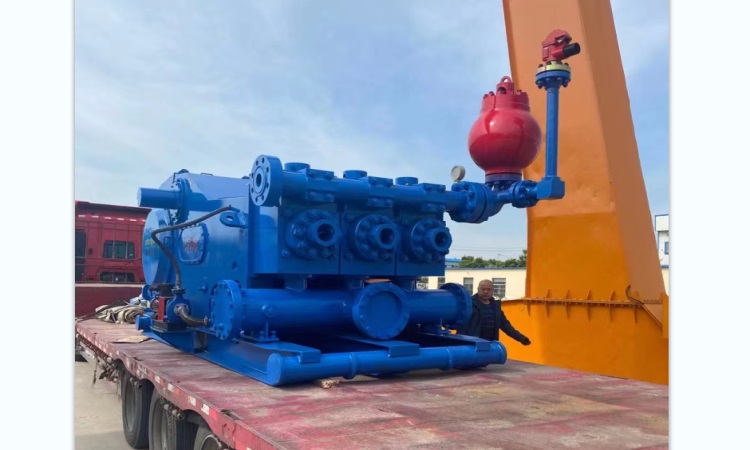
Well control: During well control operations, such as kick detection or blowout prevention, the mud pump plays a crucial role in maintaining the well's integrity and controlling the pressure inside the wellbore.
Overall, the mud pump is an essential component of the drilling system, providing the necessary circulation and hydraulic power for efficient and safe drilling operations.
When selecting a drilling mud pump, several key factors need to be considered:
Drilling conditions: Firstly, it is important to understand the drilling conditions such as well depth, borehole diameter, and geological formations. These factors will impact the required flow rate and pressure of the mud pump.
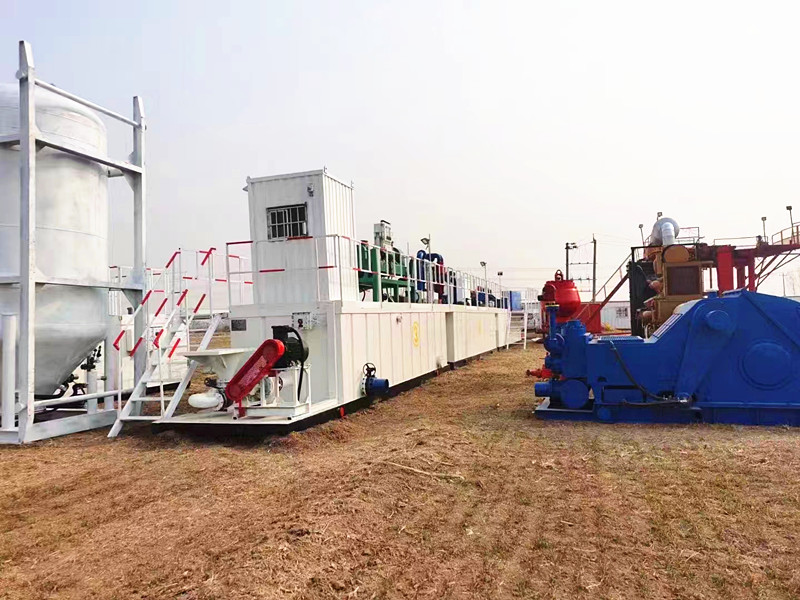
Flow rate and pressure requirements: Determine the desired flow rate and pressure requirements based on the drilling operation. This will help in selecting the appropriate type and specifications of the mud pump.
Mud properties: Consider the properties of the mud to be pumped, including viscosity, density, solid particle content, etc. Certain mud pumps may be more suitable for specific types of mud, so it is important to select a mud pump that matches the mud properties.
Equipment reliability: Choosing a mud pump with good reliability and durability is crucial. Check the reputation and product quality of the manufacturer to ensure that the selected mud pump can operate stably for a long time during drilling operations.
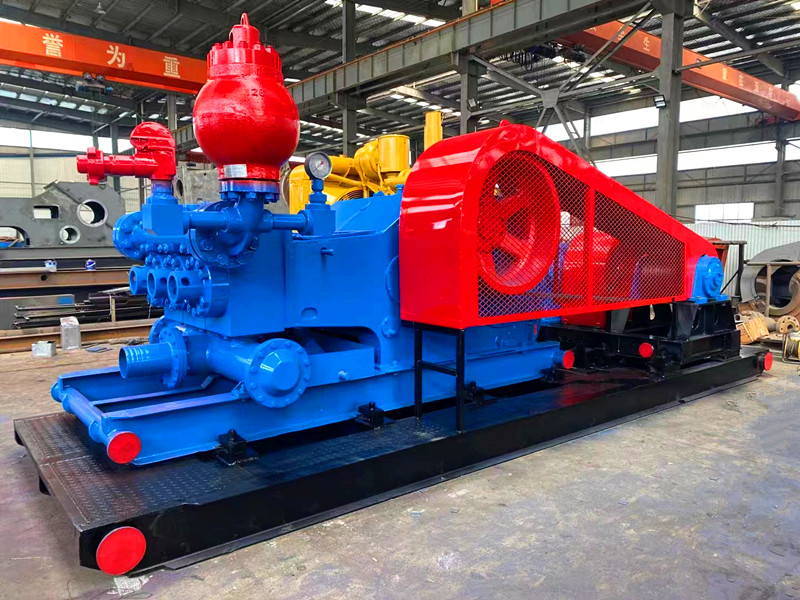
Maintenance and service support: Understand the maintenance requirements of the mud pump and the after-sales service support provided by the manufacturer. Ensure timely access to repairs and technical support to reduce maintenance and downtime.
Cost-effectiveness: When selecting a mud pump, it is important to balance performance and price. Choose a mud pump that offers suitable performance at a reasonable price to achieve the best cost-effectiveness.
Taking all these factors into consideration, it is recommended to communicate with professional drilling equipment suppliers or manufacturers, providing detailed information about the drilling conditions and requirements, to obtain appropriate recommendations for selecting a suitable drilling mud pump.

